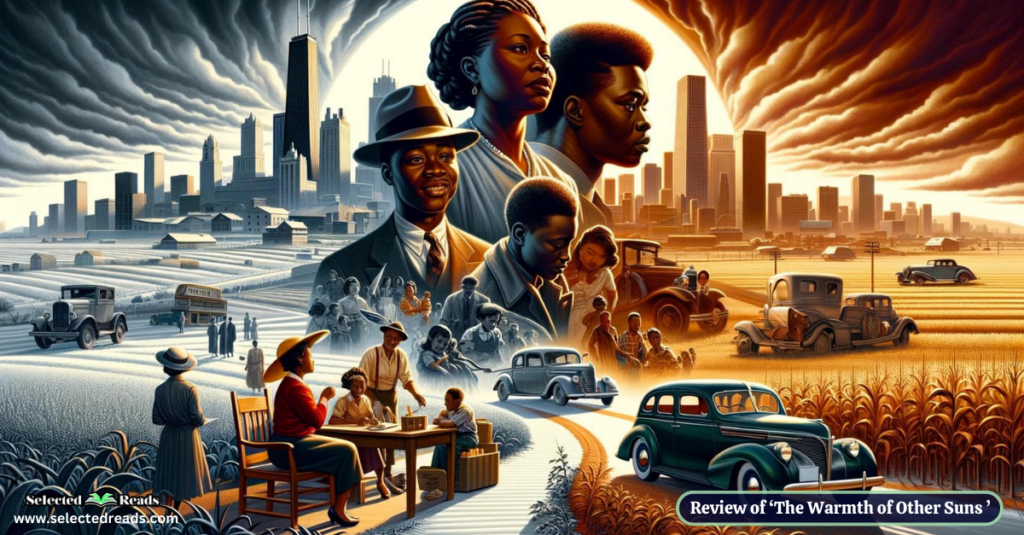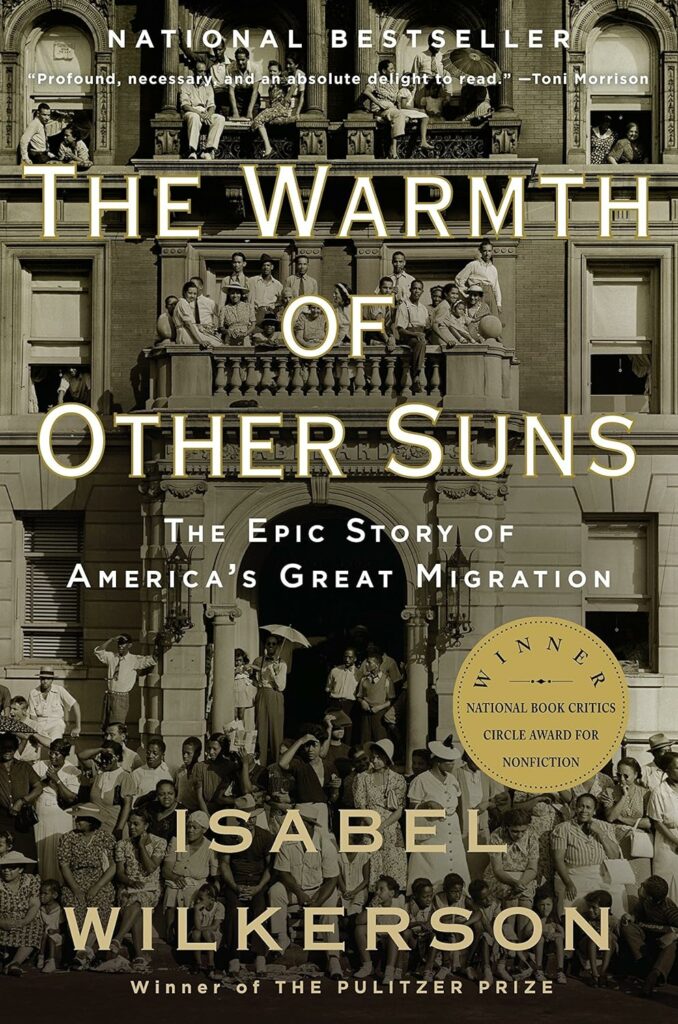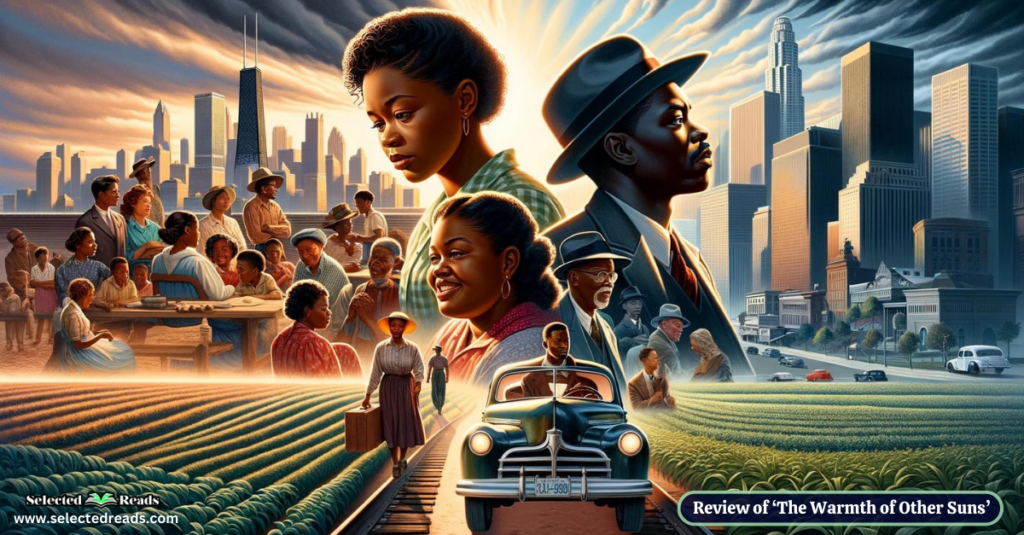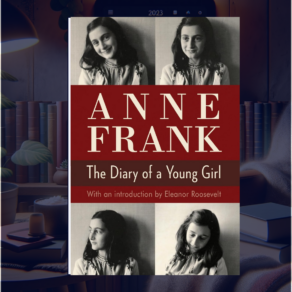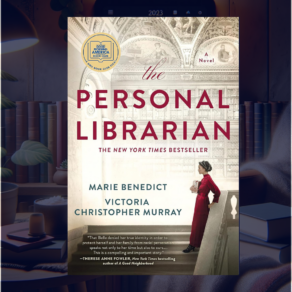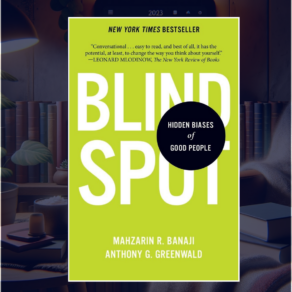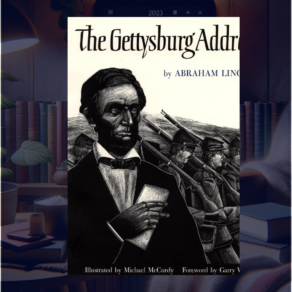In today’s post, we delve into “The Warmth of Other Suns: The Epic Story of America’s Great Migration” by Isabel Wilkerson. This powerful narrative non-fiction book explores the profound, decades-long migration of African Americans fleeing the oppressive conditions of the South for the hopeful promises of the North and West.
The purpose of this post is to introduce you to the core elements of Wilkerson’s work without giving away all its rich details. Our discussion will unfold in three parts: initially, I will outline the book’s story, focusing on the monumental journey undertaken by millions. Then, I’ll highlight the key figures whose lives provide the emotional backbone of the narrative. To conclude, I’ll pose several engaging discussion questions that are ideal for book club debates or personal reflection.
The Warmth of Other Suns Summary
“The Warmth of Other Suns” by Isabel Wilkerson is an expansive and deeply researched narrative that explores the migration of nearly six million African Americans from the racially segregated South to the cities of the North and West from 1915 through 1970. This movement, driven by the hope of finding better opportunities and escaping the oppressive conditions of the Jim Crow South, reshaped the cultural and demographic landscape of America.
Photo: Amazon
Wilkerson’s narrative centers around the detailed and poignant stories of three individuals who undertook this journey, each representing different decades and destinations of the Great Migration.
- Ida Mae Brandon Gladney (1937) – Originally a sharecropper in Mississippi, Ida Mae decides to leave the South after witnessing the brutal beating of a cousin. With her husband and children, she moves to Chicago. In the North, she finds work in domestic service and her family slowly establishes a new life in the bustling city. Despite the harsh realities and the discrimination they face in the North, Ida Mae’s family achieves a modest level of success and stability. In her later years, Ida Mae lives to see the historic election of Barack Obama as a Senator for Illinois, symbolizing the political and social changes that had, in part, been set in motion by the Great Migration.
- George Starling (1945) – George flees Florida for Harlem after his attempts to organize fruit pickers put his life at risk. In New York, his initial hopes are challenged by the realities of urban life and racial tensions. George works on the railroads, where he continues to fight for the rights of his fellow black workers. His activism strains his family life, and after a series of personal setbacks, he finds solace in religion.
- Robert Foster (1953) – Leaving behind a constrained existence in Louisiana, Robert moves to Los Angeles to pursue his dream of a medical career. His journey is fraught with challenges, including a grueling trip across the country during which he faces racism and segregation. In California, he achieves great success, becoming a personal physician to celebrities like Ray Charles and hosting lavish parties in his luxurious home. Despite his professional success, Robert grapples with the emotional and social tolls of his migration.
Through these vivid personal histories, Wilkerson explores the broader implications of the Great Migration. She details how the migrants brought with them traditions, cuisines, music, and religious practices, which enriched the urban cultures of the cities they moved to. Despite facing continued racism and systemic barriers in the North and West, these migrants established new communities and profoundly influenced American society and culture.
Wilkerson also delves into the intense hardships these migrants faced during their travels and the initial phases of their resettlement—experiences that included economic exploitation, discrimination, and the challenge of adapting to new urban environments while maintaining their cultural identities.
“The Warmth of Other Suns” is not only a narrative of survival and transformation but also serves as a critical re-examination of an often overlooked and pivotal chapter in American history. Through the personal stories of Ida Mae, George, and Robert, Wilkerson paints a comprehensive picture of an era that shaped, and continues to influence, the social and cultural fabric of the United States.
Related: The Gettysburg Address Summary and Discussion Questions
The Warmth of Other Suns Discussion Questions
For a deep and engaging discussion about “The Warmth of Other Suns: The Epic Story of America’s Great Migration” by Isabel Wilkerson, consider these questions:
- Migration Motivations: What were the primary motivations for Ida Mae, George, and Robert to leave the South? Discuss how their reasons reflect the broader reasons that millions of other African Americans might have had for participating in the Great Migration.
- Challenges Faced in the New Cities: Each character faced numerous challenges upon arriving in their new homes. Discuss the different types of challenges they encountered and compare how each character dealt with them. What does this say about the diversity of the black experience in America during this time?
- Impact on Urban Culture: How did the influx of southern African Americans influence the culture, economy, and politics of the northern and western cities to which they migrated? Consider aspects like cuisine, music, religious practices, and labor movements.
- Comparison with Other Migrations: Wilkerson compares the Great Migration to other significant migrations in history. What are the similarities and differences between the Great Migration and these other movements? What makes the Great Migration unique?
- Racial and Social Dynamics: How did the Great Migration alter the racial and social dynamics in the North and West? Discuss whether the migration helped to reinforce, diminish, or transform racial stereotypes and barriers.
- Legacy of the Migration: What long-term impacts did the Great Migration have on the families of the migrants, including the subsequent generations? How does the story of these three individuals help us understand the ongoing challenges and contributions of their descendants?
- Role of Narrative in History: How does Isabel Wilkerson’s use of personal narratives contribute to our understanding of historical events? Do you think personal stories are an effective way to convey history? Why or why not?
- Current Relevance: How does the history presented in “The Warmth of Other Suns” relate to current social and political issues in America? Can we draw parallels between the experiences of the migrants in the book and the experiences of modern migrants or refugees?
Related: The Color of Law Summary
Final thoughts
To conclude, I hope you’ve enjoyed this brief exploration of “The Warmth of Other Suns” by Isabel Wilkerson. This compelling account is more than just a narrative; it’s an essential piece of American history brought to life through the personal stories of those who lived it. If you haven’t yet experienced this book, I strongly recommend picking it up. It offers a profound look at the struggles, hopes, and dreams that shaped a significant era, providing valuable insights into how they continue to influence us today.



